Transcription of Using Graphs to Display Data - WHA) Quality Center
1 (R 2-12) WHA Quality Center Source: Using Graphs to Display data Each type of graph has its advantages and disadvantages: graph Advantages Disadvantages Pictograph A pictograph uses an icon to represent a quantity of data values in order to decrease the size of the graph . A key must be used to explain the icon. Easy to read Visually appealing Handles large data sets easily Using keyed icons Hard to quantify partial icons Icons must be of consistent size Best for only 2-6 categories Very simplistic Line plot A line plot can be used as an initial record of discrete data values. The range determines a number line which is then plotted with X's for each data value. Quick analysis of data Shows range, minimum & maximum, gaps & clusters, and outliers easily Exact values retained Not as visually appealing Best for under 50 data values Needs small range of data Pie chart A pie chart displays data as a percentage of the whole.
2 Each pie section should have a label and percentage. A total data number should be included. Visually appealing Shows percent of total for each category No exact numerical data Hard to compare 2 data sets "Other" category can be a problem Total unknown unless specified Best for 3 to 7 categories Use only with discrete data Map chart A map chart displays data by shading sections of a map, and must include a key. A total data number should be included. Good visual appeal Overall trends show well Needs limited categories No exact numerical values Color key can skew visual interpretation Histogram A histogram displays continuous data in ordered columns. Categories are of continuous measure such as time, inches, temperature, etc. Visually strong Can compare to normal curve Usually vertical axis is a frequency count of items falling into each category Cannot read exact values because data is grouped into categories More difficult to compare two data sets Use only with continuous data (R 2-12) WHA Quality Center Source: Bar graph A bar graph displays discrete data in separate columns.
3 A double bar graph can be used to compare two data sets. Categories are considered unordered and can be rearranged alphabetically, by size, etc. Visually strong Can easily compare two or three data sets graph categories can be reordered to emphasize certain effects Use only with discrete data Line graph A line graph plots continuous data as points and then joins them with a line. Multiple data sets can be graphed together, but a key must be used. Can compare multiple continuous data sets easily Interim data can be inferred from graph line Use only with continuous data Frequency Polygon A frequency polygon can be made from a line graph by shading in the area beneath the graph . It can be made from a histogram by joining midpoints of each column. Visually appealing Anchors at both ends may imply zero as data points Use only with continuous data Scatterplot A scatterplot displays the relationship between two factors of the experiment.
4 A trend line is used to determine positive, negative, or no correlation. Shows a trend in the data relationship Retains exact data values and sample size Shows minimum/maximum and outliers Hard to visualize results in large data sets Flat trend line gives inconclusive results data on both axes should be continuous Stem and Leaf Plot Stem and leaf plots record data values in rows, and can easily be made into a histogram. Large data sets can be accommodated by splitting stems. Concise representation of data Shows range, minimum & maximum, gaps & clusters, and outliers easily Can handle extremely large data sets Not visually appealing Does not easily indicate measures of centrality for large data sets Box plot A box plot is a concise graph showing the five point summary. Multiple box plots can be drawn side by side to compare more than one data set.
5 Shows 5-point summary and outliers Easily compares two or more data sets Handles extremely large data sets easily Not as visually appealing as other Graphs Exact values not retained
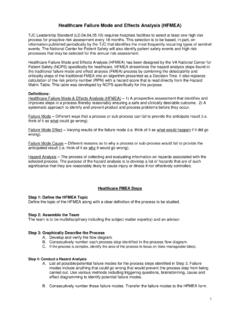
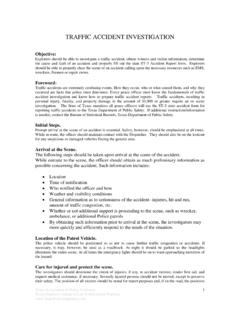
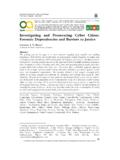

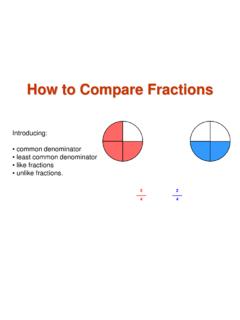
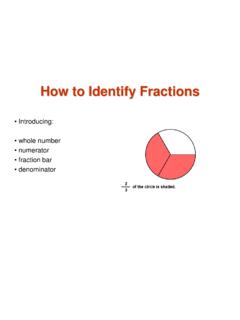
![ABSTRACT arXiv:1409.1556v6 [cs.CV] 10 Apr 2015](/cache/preview/4/e/0/e/4/4/2/c/thumb-4e0e442c20fc4f8e108fa20a1095af07.jpg)
![Abstract arXiv:1707.01836v1 [cs.CV] 6 Jul 2017](/cache/preview/4/1/7/c/3/c/f/5/thumb-417c3cf524207c81cbb20aac762ce5b4.jpg)